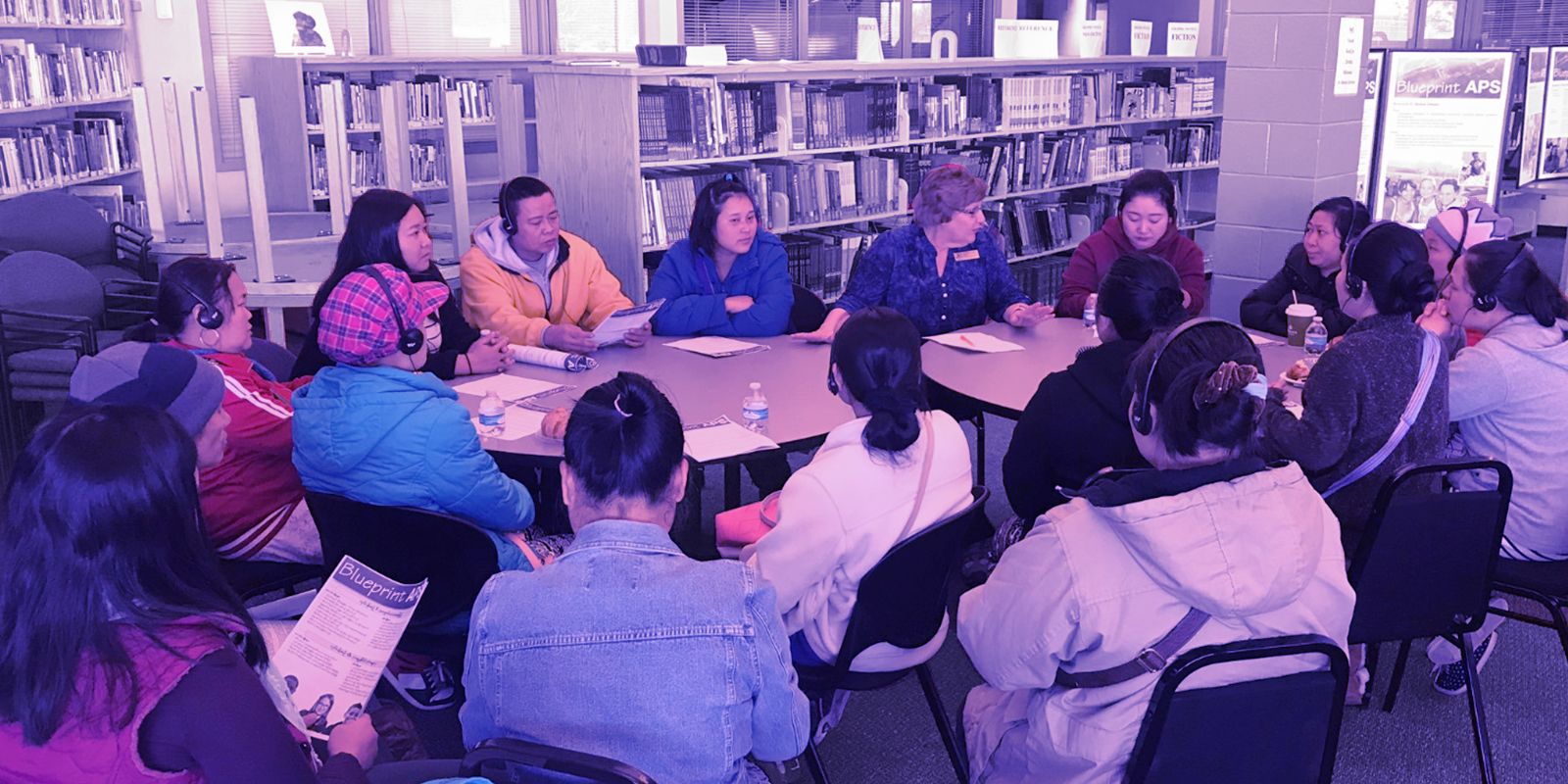SchoolCEO Conversations: Staying clear, concise, and connected earns community buy-in.
A concrete approach to strategic planning from 2019 Colorado Superintendent of the Year Rico Munn.

Rico Munn, Superintendent of Aurora Public Schools and Colorado’s 2019 Superintendent of the Year, took a fairly non-traditional path to school leadership. “I’m a lawyer by training,” Munn tells us. “I practiced corporate and commercial litigation with a large, national firm for 12 to 15 years.” He also spent several years in former Colorado governor Bill Ritter’s cabinet before being elected to the Colorado State Board of Education. “Back in 2013, this position came open and I looked at it and thought it was something I should compete for,” he adds.
Munn believes his unique background helps him bring a pretty diverse set of experiences to the job. “When you do complex and commercial litigation, you are very intensely situated in a problem-solving atmosphere on a regular basis,” he says. “You have to react in both a quick sense and also a long-term strategic thinking sense. I think that background and those skills are helpful in a complicated urban school setting.”
How do you get support from the community? Ask what they want and stick to it.
This knack for strategy and complex problem-solving came in handy when, two years into his tenure, Munn and his staff needed to write a new strategic plan for the district. “We didn’t sell it to the community, it came from the community,” he says. “We know that we exist to serve this community, so we started out by going to them in a lot of forms—over a lot of coffee and donuts and chicken—and asking, What’s important to you? What do you value in your school district and how should we understand what’s important to this community?”
Munn and his team then assembled a strategic planning task force, made up of stakeholders from both the community and from Aurora schools. They started by trying to understand feedback from a significant number of community members in multiple languages (the district represents more than 130 countries and over 160 languages). “That task force then condensed the feedback into a set of core beliefs that really drove our plan,” Munn adds. “We had to take those core beliefs, those dreams and desires, and understand how to practically implement them in an education setting.”
Asked if there was any tension between the district and community during this process, Munn says no. “We stayed true to the community vision,” he explains. Using “very straightforward, simple language” helped connect the plan to all of its stakeholders. “Our prior strategic plan had somewhere in the neighborhood of 95 separate goals,” he says. “Our current one has three. This made it much easier to explain to the community.”
Have a plan for each child and buy-in will follow.
With Aurora’s three strategic goals—Plans, Skills, and Credentials— the district’s first and perhaps most vital step is to have a plan for each child. “And community members see that,” Munn adds. He also says explaining skills and credentials comes fairly easy to a community that’s already saying, “We want you to see our kids and understand our kids’ needs.”
When it comes to knowing the needs of students and teachers in his schools, Munn says, “I don’t think you can pretend like you can really know what’s happening each day in every classroom.” His leadership staff, however, works hard to stay connected to Aurora’s schools. “All of us, myself included, spend time in a classroom at least once a month,” he says. “It’s not an evaluation. It’s not a check on the building’s HVAC. It’s sitting in the classroom every month, just seeing what’s happening.” Munn and his staff also meet regularly with building-level leadership teams to hear their concerns before coming together to identify strengths, weaknesses, and needs across the district.
Use the clearest parts of your strategic plan to market and foster conversation.
The numbers show that Aurora’s 2020 Strategic Plan is having positive results for the district and its stakeholders. Graduation rates are up by 25%, and school drop-out rates have fallen 2.5%.
“Our plan is very complex,” Munn tells us, “but the front face of it is a much clearer explanation of our work to our community. That enables us to really use that plan as a platform to market, because we want as many members of our community as possible to know those three goals. We want members of the community asking our kids: What’s your plan? And our kids being able to respond in that terminology and talk about what success looks like for them. I think our plan enables a community conversation that we weren’t able to have before.”
When asked what he most looks forward to in the upcoming school year, Munn jokes, “I just walked out of the last one, give me a minute!” Then he answers as only the award-winning leader of a large, urban district would: “Every year is a wonderful set of 40,000 opportunities to help kids shape their future. We’re excited about that opportunity. It’s why we do this work.”
You can view Aurora Public Schools' 2020 Strategic Plan here.

SchoolCEO is free for K-12 school leaders. Subscribe below to stay connected with us!

